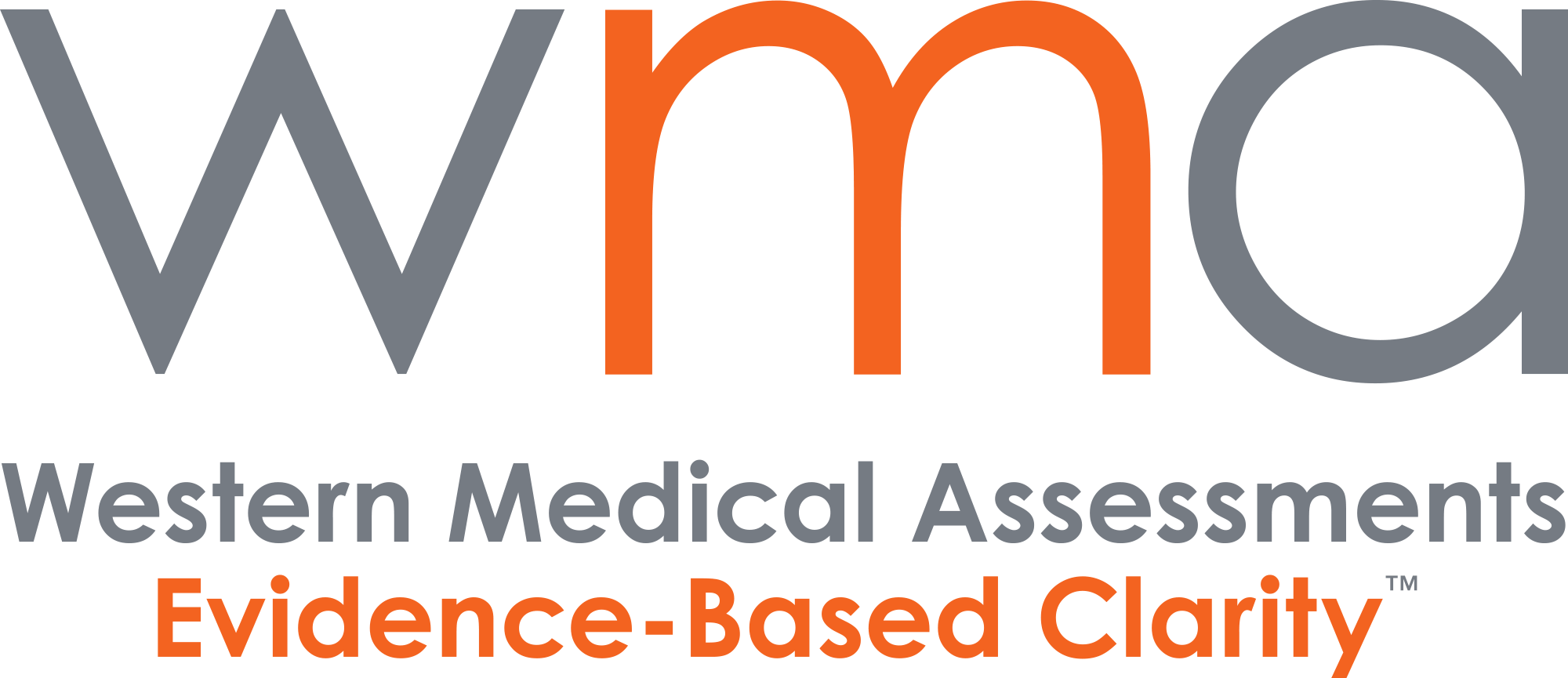
There’s a lot that can go wrong with the human body — and a workplace is often a prime place for them to happen. Trying to work out the cost of a workplace injury is highly dependent on what happened, where, and what the recovery looks like.
Your employee’s away, you’ve got insurance to deal with, and the work still has to get done by someone. Working out the full cost involves looking at everything the accident impacts, but you can cut these costs into two broad groups: direct and indirect.
Direct Costs of a Workplace Injury
These are the obvious costs you incur. First is the increased WCB or insurance premiums that may arise out of the injury. Then there’s the possibility that the injury involved damage to equipment or property, which must be fixed or replaced.
If the employee requires time off work enough that you need to hire a replacement worker, that’s additional wages. Finally, if the injury arose out of an employer not being compliant with health and safety standards, that could mean legal costs as the issue moves through the courts.
Indirect Costs of a Workplace Injury
Indirect costs are subtler, but still very much connected to the workplace injury. In fact, they can add up to be even more expensive than the direct costs in many cases — often several times more.
When the employee returns to work, they may have to be retrained if their workplace injury means they’re not able to fulfill their original duties — or there may be costs to accommodate them.
There’s also the cost of staff involved with investigating the incident, dealing with the claim, and the administrative costs of hiring new staff. Some workplace injuries may have a real effect on the morale of the employees, which carries hard-to-measure productivity hits.
Some incidents could also affect the public reputation of the company. If the company is viewed to be at-fault or handling the claim unethically, they could attract bad press and see real harm done to client relations and their public image.
Reducing the Cost of a Workplace Injury
The best way to lower the cost of your workplace injuries is, of course, to reduce the injuries themselves. Preventative costs of implementing a good work safety program will be lower than the cost of dealing with the injury they should have prevented.
But no matter how good your health and safety program is, workplace injuries will still happen.
So when they do, being highly informed on the details of the injury should be your priority. Knowing exactly what your responsibilities are means you can prevent overshooting your response and letting internal indirect costs get out of control — or if the spectre of bad press does loom, you’ll be ready to present yourself in the best, accurate, light.
IMEs in Workplace Injuries
This is where an independent medical examination comes in. This pairs your employee with a doctor with whom they do not have an existing relationship, in order to account for any bias that otherwise may creep in.
Ballooning indirect costs are one thing, but an IME can also help with your potential premium increases if it finds the injury is not so bad as originally thought. Your focus as an employer should always be on the safety of your employees, and that means getting a clear, unbiased assessment with which to work.
If you’ve ever got a question about an injured employee, don’t hesitate to give Western Medical Assessments’ Dr. Roger Hodkinson a call at +1 780 433 1191. He’s handled decades of workplace injury incidents and is always ready to provide some helpful advice.
Meanwhile, we’ve got more on workplace injuries for you to read — like this look at independent medical assessments in the return to work process.
Need to know how employers can get started on the path to a better return to work?

